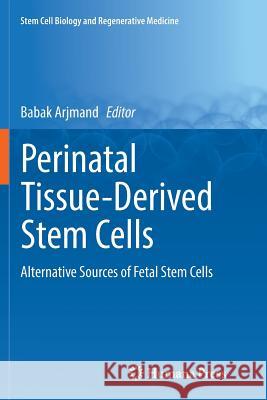Perinatal Tissue-Derived Stem Cells: Alternative Sources of Fetal Stem Cells » książka
topmenu
Perinatal Tissue-Derived Stem Cells: Alternative Sources of Fetal Stem Cells
ISBN-13: 9783319835143 / Angielski / Miękka / 2018 / 239 str.
Perinatal Tissue-Derived Stem Cells: Alternative Sources of Fetal Stem Cells
ISBN-13: 9783319835143 / Angielski / Miękka / 2018 / 239 str.
cena 384,63 zł
(netto: 366,31 VAT: 5%)
Najniższa cena z 30 dni: 382,84 zł
(netto: 366,31 VAT: 5%)
Najniższa cena z 30 dni: 382,84 zł
Termin realizacji zamówienia:
ok. 20 dni roboczych.
ok. 20 dni roboczych.
Darmowa dostawa!
Kategorie:
Kategorie BISAC:
Wydawca:
Humana Press
Seria wydawnicza:
Język:
Angielski
ISBN-13:
9783319835143
Rok wydania:
2018
Wydanie:
Softcover Repri
Ilość stron:
239
Waga:
0.36 kg
Wymiary:
23.39 x 15.6 x 1.4
Oprawa:
Miękka
Wolumenów:
01
Dodatkowe informacje:
Wydanie ilustrowane











